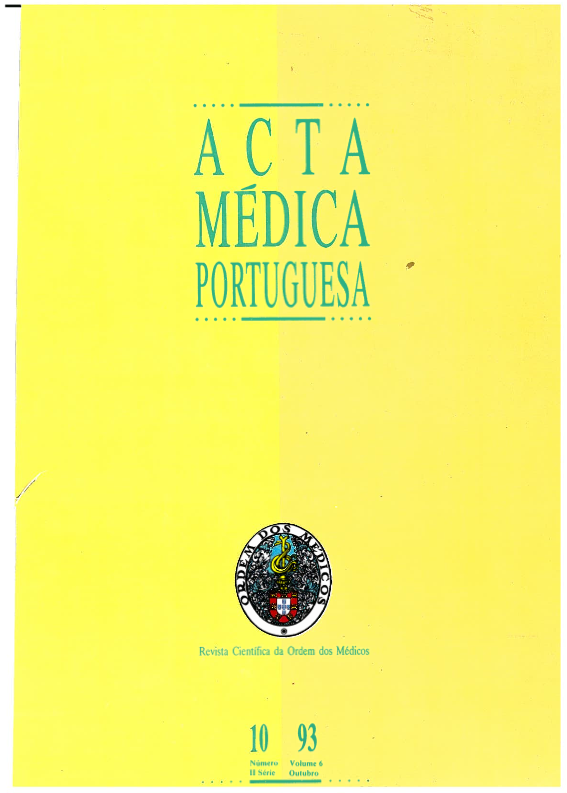Leucemia promielocítica aguda. Avanços terapêuticos.
DOI:
https://doi.org/10.20344/amp.3141Resumo
Acute promyelocytic leukemia (APL) is a rare subtype of acute myelogenous leukemia. It is frequently associated with a life-threatening hemorrhagic diathesis, often aggravated by induction cytotoxic chemotherapy. Patients with APL have bone marrow infiltration by abnormal promyelocytes, usually with prominent cytoplasmic granulation. These patients have a unique cytogenetic abnormality, a balanced reciprocal translocation between the long arms of chromosomes 15 and 17. The nuclear retinoic acid receptor alpha gene, on chromosome 17, is translocated to the PML gene region, on chromosome 15, resulting in the synthesis of two fusion messenger ribonucleic acids, PML/RAR-alpha and RAR-alpha/PML, easily detected by the reverse transcriptase polymerase chain reaction. This assay is extremely useful in the diagnosis and detection of minimal residual disease in APL patients. All trans-retinoic acid (ATR) differentiates the malignant cell clone and corrects the coagulopathy associated with this disease. The most important adverse effect is a respiratory distress syndrome, treatable with steroids, if detected at its onset. ATR yields durable remissions in patients with APL, after consolidation with cytotoxic chemotherapy.Downloads
Downloads
Como Citar
Edição
Secção
Licença
Todos os artigos publicados na AMP são de acesso aberto e cumprem os requisitos das agências de financiamento ou instituições académicas. Relativamente à utilização por terceiros a AMP rege-se pelos termos da licença Creative Commons ‘Atribuição – Uso Não-Comercial – (CC-BY-NC)’.
É da responsabilidade do autor obter permissão para reproduzir figuras, tabelas, etc., de outras publicações. Após a aceitação de um artigo, os autores serão convidados a preencher uma “Declaração de Responsabilidade Autoral e Partilha de Direitos de Autor “(http://www.actamedicaportuguesa.com/info/AMP-NormasPublicacao.pdf) e a “Declaração de Potenciais Conflitos de Interesse” (http://www.icmje.org/conflicts-of-interest) do ICMJE. Será enviado um e-mail ao autor correspondente, confirmando a receção do manuscrito.
Após a publicação, os autores ficam autorizados a disponibilizar os seus artigos em repositórios das suas instituições de origem, desde que mencionem sempre onde foram publicados e de acordo com a licença Creative Commons









